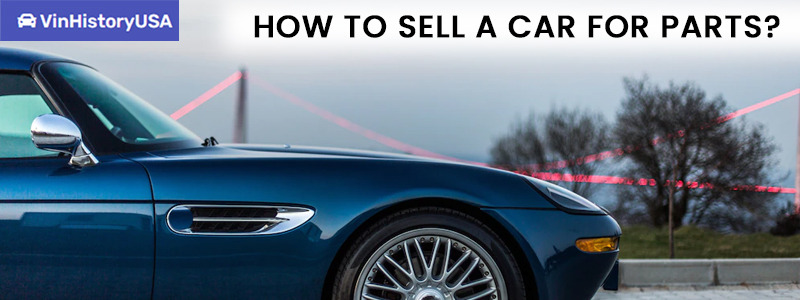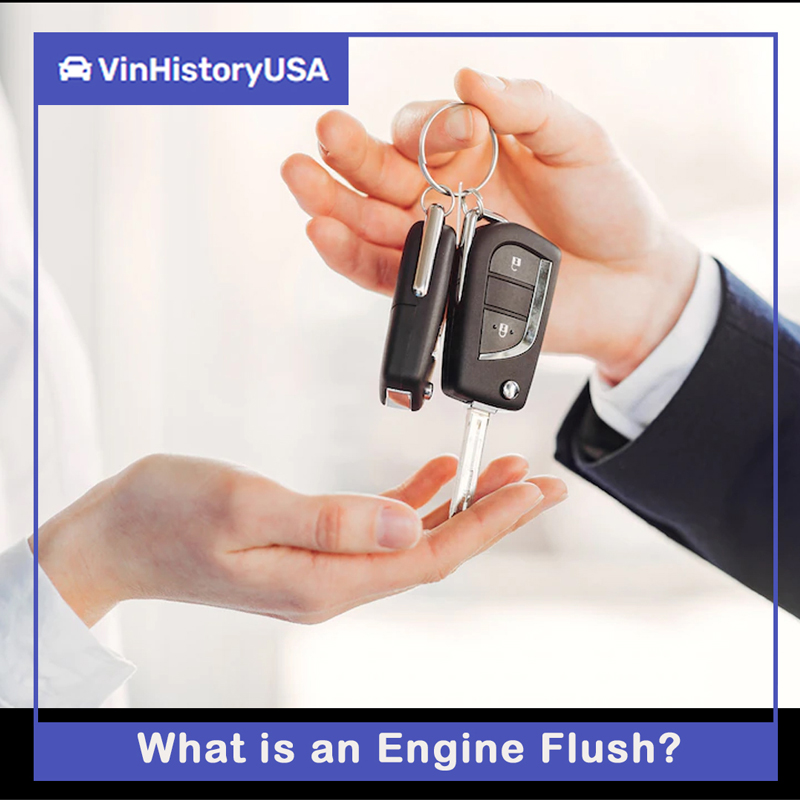Before buying any used vehicle, make sure you check its title and do a free trailer VIN check. It helps you avoid being in a scam, and also allows you to save money. But, if you are thinking of selling your vehicle without the title, you can do that as well. The easiest way to think about this is to think of it as the title is a requirement to sell your vehicle. If the title disappears and you require a replacement, you’ll need to replace the paperwork. There are several methods for doing this.
Request a duplicate title
If you can’t locate the license, you can apply for a duplicate. It is usually as simple as filling out an online application and then submitting an original copy of your license along with the fee for the application. States differ on the specifics. For instance, if, example, you fill out an application to replace the missing title within Arizona and are paying the DMV will forward an original title back to lien holders while Texas requires the lien holder of record to fill out the application.
Copy the title from the lender
If you are owed money on your vehicle the process is simple. Banks are technically owners and, as lien holder, it is able to give you a copy of the lien so that you can dispose of the vehicle. If the lien owner is a credit union or a bank that has local branches (versus the online-only) They will most likely simply require you to find an interested buyer and bring them into the branch for the change of ownership. You can also pay a huge amount if you’ve got the cash in the bank, which will release the lien. If you are still owed $20,000 to the Dodge Charger, that might not be an option however, you must be able to meet the lien requirements. The things you are reading now, such as a lien, etc., can be learned by doing a car VIN look-up.
Transfer the title
Sometimes, transferring the title without having a document can be relatively simple. Perhaps your parents purchased you a vehicle, but the title remains at their disposal. Maybe a relative passed away and left the car to you. Fix suggests you need evidence that the owner didn’t want the vehicle anymore. “This could be a notarized letter from the current owners or an executor of a will.”
If your car’s title falls registered in the name of your parents All you need to do is ask them to sign the title and then go to the local DMV to transfer the vehicle’s registration to your own name. This may seem simple but when both parents signed on the vehicle then you’ll need both signatures on the title as well. Bring the title in its entirety and around the amount of $25 (the DMV loves their fees) And you’ll be able to apply for the transfer of the title.
In the event in which Grandpa passed away and left you his 1949 Buick then you’ll require additional documents. Take the letter of an administrator or the deed, along with a copy of the death certificate, as well as the title. Complete the application and make sure you have evidence of insurance and pay the cost. Done.
Declare your title lost
If you purchased a dream vehicle to repair, such as a winter beater, or even a future race car without having a title and you’re now looking to sell the vehicle and you want to sell it, you’ll have to file to get the lost title. The good news is that filing an application for a lost title follows similar to filing an application for a duplicate title.
Doing a chevy VIN Number lookup is also not a bad idea when we think about old vehicles. This kind of knowledge is important for being safe in the used car market.










